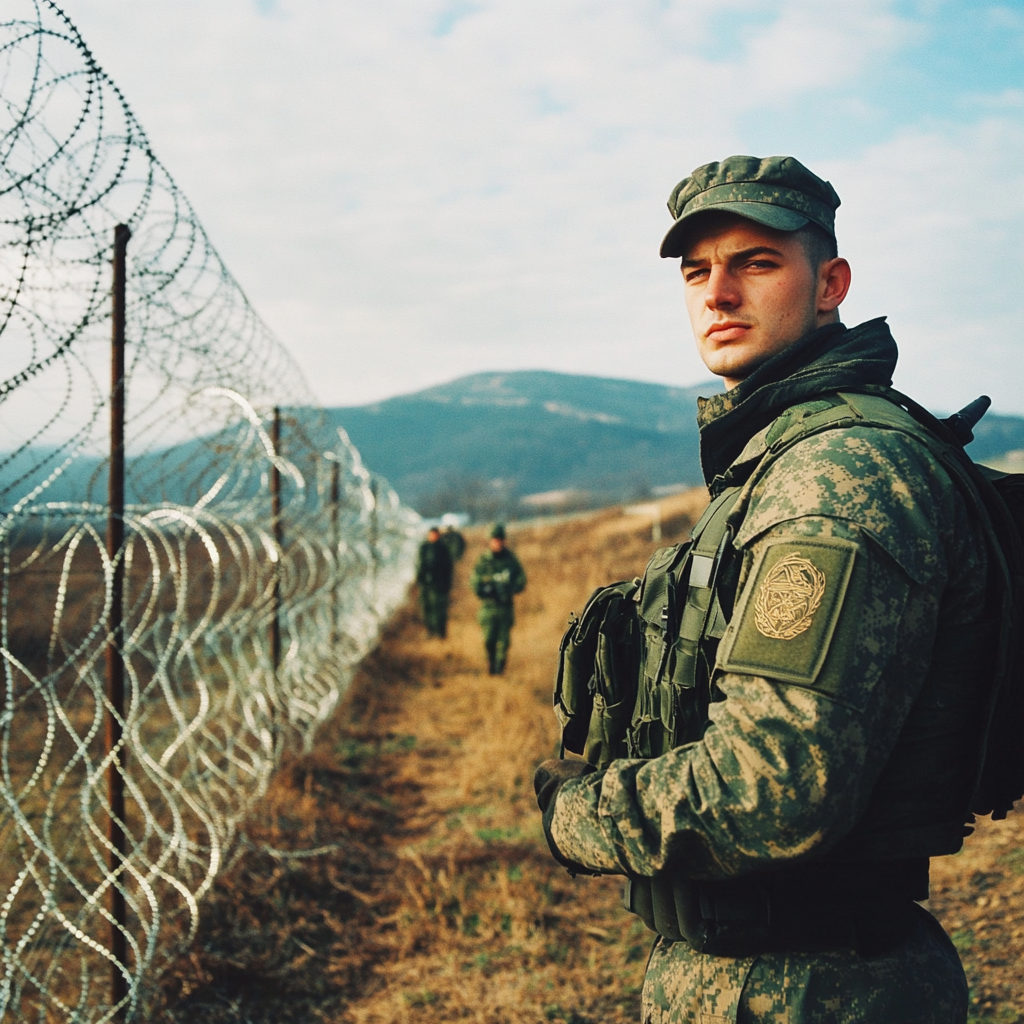The process of crossing the US border is a complex and multi-step process, especially when it comes to importing goods. US inspection services play a key role in ensuring national security, preventing illicit trafficking of goods and protecting the domestic market from unscrupulous suppliers. Any shipment crossing the US border undergoes a thorough inspection, including document verification, content inspection and possible testing to ensure compliance with US standards.
The main regulatory authorities who are responsible for checking cargo at the US border
There are several in the USA government agencieswho are involved in checking cargo entering the country. These services work closely together and monitor various aspects of imports, from product safety to compliance with sanitary standards.
One of the key organs is US Customs and Border Protection (CBP – U.S. Customs and Border Protection). This agency is responsible for customs control, document verification and inspection of goods for compliance with American requirements. It is CBP that makes the final decision on whether to release or hold a shipment.
Other important inspection bodies are:
- Food and Drug Administration (FDA – U.S. Food and Drug Administration) — checks food, medicine, cosmetics and perfumes for compliance with safety standards.
- Animal and Plant Health Inspection Service (APHIS) — controls the import of agricultural products, seeds, animals and plants.
- Environmental Protection Agency (EPA) — checks products containing chemicals, pesticides, as well as equipment emitting harmful substances.
- Bureau of Alcohol, Tobacco, Firearms and Explosives (ATF) — monitors the import of firearms, tobacco products and alcoholic beverages.
All of these agencies may participate in the inspection process if their scope of activity concerns the imported cargo. If a product falls under the jurisdiction of several departments, it goes through several stages of verification at once.
Documents required for passing inspection control
To successfully cross the US border, the cargo must be accompanied by a full package of documents. The absence of at least one of them can lead to delay or even confiscation of goods. The main documents required to pass the inspection are:
- Commercial Invoice – a document containing information about the supplier, recipient, cost of the product and its characteristics.
- Transport documents (Bill of Lading or Air Waybill) — confirm the transportation route and the name of the carrier.
- Material Safety Data Sheet (MSDS) – Required for chemicals, cosmetics, perfumes and pharmaceutical products.
- Certificates of Conformity – confirm that the product meets the standards of the FDA, EPA, APHIS or other regulatory authorities.
- Customs Declaration (Customs Entry Form) — a document that indicates all the details of the cargo, its value and classification according to the HTS code.
- Import License – may be required for certain categories of goods, including alcohol, tobacco products and medical equipment.
It is important to make sure in advance that all documents are completed correctly and comply with the requirements of American law. Errors or inconsistencies in documentation can lead to delays at the border and additional checks.
Stages of cargo inspection when crossing the US border
The inspection process for cargo entering the United States includes several sequential steps. In most cases, inspection control proceeds as follows:
At the first stage there is document verification. Customs services analyze the information provided, check the accuracy of the data and the compliance of the declared goods with their actual contents. If inconsistencies are found in the documents, the cargo may be detained for additional control.
Then it is carried out physical inspection of cargo. Depending on the type of product, inspection may include X-ray scanning, random opening of containers, or the use of detection dogs to detect illegal substances. In case of suspected non-compliance with standards, cargo samples may be sent to a laboratory for analysis.
At the final stage, a decision is made to release the cargo. If all checks are passed successfully, the goods are allowed for further movement within the United States. If violations are detected, delays, fines or denial of import may occur.
Possible reasons for delays and refusals during customs checks
The reasons for delays in inspection control may vary. The most common among them:
- Error in documents — discrepancy between the information in the invoice and the actual cargo.
- Failure to comply with sanitary and phytosanitary standards – this is especially true for food, plants and cosmetics.
- Suspicion of breaking the law – for example, if a product is classified as potentially dangerous or prohibited.
- Risk of smuggling — any suspicion of illegal import of goods leads to an in-depth inspection.
- Random spot checks — CBP sometimes conducts inspections without apparent justification as part of an overall strategy to prevent the trafficking of illegal goods.
How to minimize risks and speed up the inspection process
To avoid delays and problems at the border, it is necessary to prepare all documentation in advance, correctly label goods and cooperate with professional customs brokers. Companies that follow established procedures and verify all data in advance face minimal difficulties when importing goods into the United States.
Understanding the principles of inspection services and preparing for inspections is the key to successfully passing customs control. Companies that prepare documents in advance, comply with regulatory requirements, and work with professionals significantly reduce the likelihood of delays and fines.
Logistics and customs controls in the United States are constantly changing, and requirements are becoming more stringent. However, with the right approach and compliance with all rules, import operations can proceed quickly and without unnecessary costs.
Food, medicine, cosmetics, perfumes, chemicals and dual-use goods are subject to special control.
It is important to clarify the reason for the delay, provide the missing documents and, if necessary, contact a customs broker or lawyer to resolve the issue.

